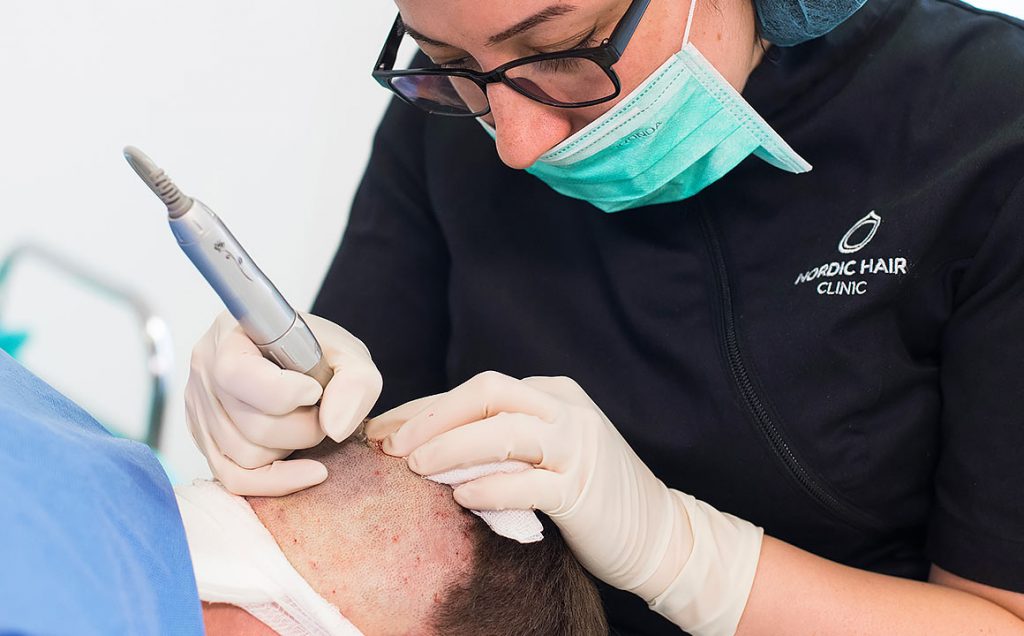
Articles
History of hair transplantation
The hisstory of hair transplants begins in Warzburg, Germany in 1822. This means that hair transplantation will celebrate its 200th anniversary next year. But it’s been a long road to get here.
The first doctoral thesis related to hair transplantation was written by a medical student named Johan Dieffenbach together with his mentor, Dom Unger. Dieffenbach and Unger were the first to experiment with hair transplants, doing so on both animals and humans. They performed several successful transplants – including on Dieffenbach himself.
The experiment on Dieffenbach consisted of moving six hairs from his head to his arm. Two fell out, two were rejected by the body, and two were successfully inserted and continued to grow.
It was after that that it was declared that hair loss, especially male hair loss, would become a thing of the past. However, this was man’s initial attempt at a hair transplant, and the practice would not see much progress until many years later.
The modern hair transplant is taking shape
A revolutionary advance was made in Japan in the 1930s when a doctor named S. Okuda succeeded in extracting and placing hair follicles with a tool he had developed himself – a cylindrical, four-millimetre-wide punch.
A punch is an object used to make holes in the desired shape on different materials (punching). With this tool, he was able to transplant hair from around 30 different patients, all suffering from some form of hair loss. It was the tool in question that would lay the foundations for the future of hair transplantation.
Unfortunately, Okuda’s studies were published in 1939 and then fell into oblivion with the Second World War. Instead, the American Dr. Norman Orentreich independently developed the same method in the 1950s. However, his research attracted global attention and he was named the father of modern hair transplantation. Nevertheless, Orentreich shared the credit with Okuda by naming the technique “Okuda-Orentreich” when the latter’s studies came to light.
Something that made Orentreich’s work key to successful hair transplants was a discovery he named “donor dominance”. The concept means that hair extracted from an area not affected by alopecia (hair loss) will retain its genetic insensitivity to it. Thus, the hair will continue to grow in the place you move it to for life. On the other hand, if you move hair from an area affected by alopecia, the hair will grow but also thin out over time and eventually fall out.
Although the approach worked, the results were not ideal. The appearance of the new hair growth in these cases gave rise to the expression “doll’s hair”. With the idea of developing the technique and achieving a more natural result, it was then studied by many doctors and researchers around the world.
The goal of developing the process resulted in what we call the FUT (Follicular Unit Transplant)/strip method. This method was introduced by, among others, Dr. Rassman and Bernstein in the 1980s. It is described as cutting a strip of skin with hair, extracting groups of hair follicles from the strip and then placing them in the desired location. Because the technique uses single hair follicles (grafts), they can be distributed more evenly, making the result more natural. The downside of the FUT method is the scarring that occurs when the skin is stitched together after the strip has been sliced.
The optimal technology is developed
Some time later, around 1989, a researcher named Ray Woods discovered that the depth and angle of insertion of hair follicles used to vary in a transplant. He then worked out exactly how to insert each graft to achieve the best possible hair growth for the patient. At the same time, another milestone was reached – the extraction of a single hair follicle directly from the brain using a fine, cylindrical tube.
The combination of these procedures became known as FUE (Follicular Unit Extraction) and is the technique we use today. In the modernised FUE method, we use a micro-drill to loosen the grafts in the donation area. These are then picked out with tweezers. At the same time, we create microchannels in the recipient area and then place the extracted hair follicle groups inside of them.
With this method, we can perform hair transplants with such precision that they neither cause side effects nor leave obvious scars in the donor or recipient area. A skilfully performed FUE transplant produces a permanent, natural result for the client.





